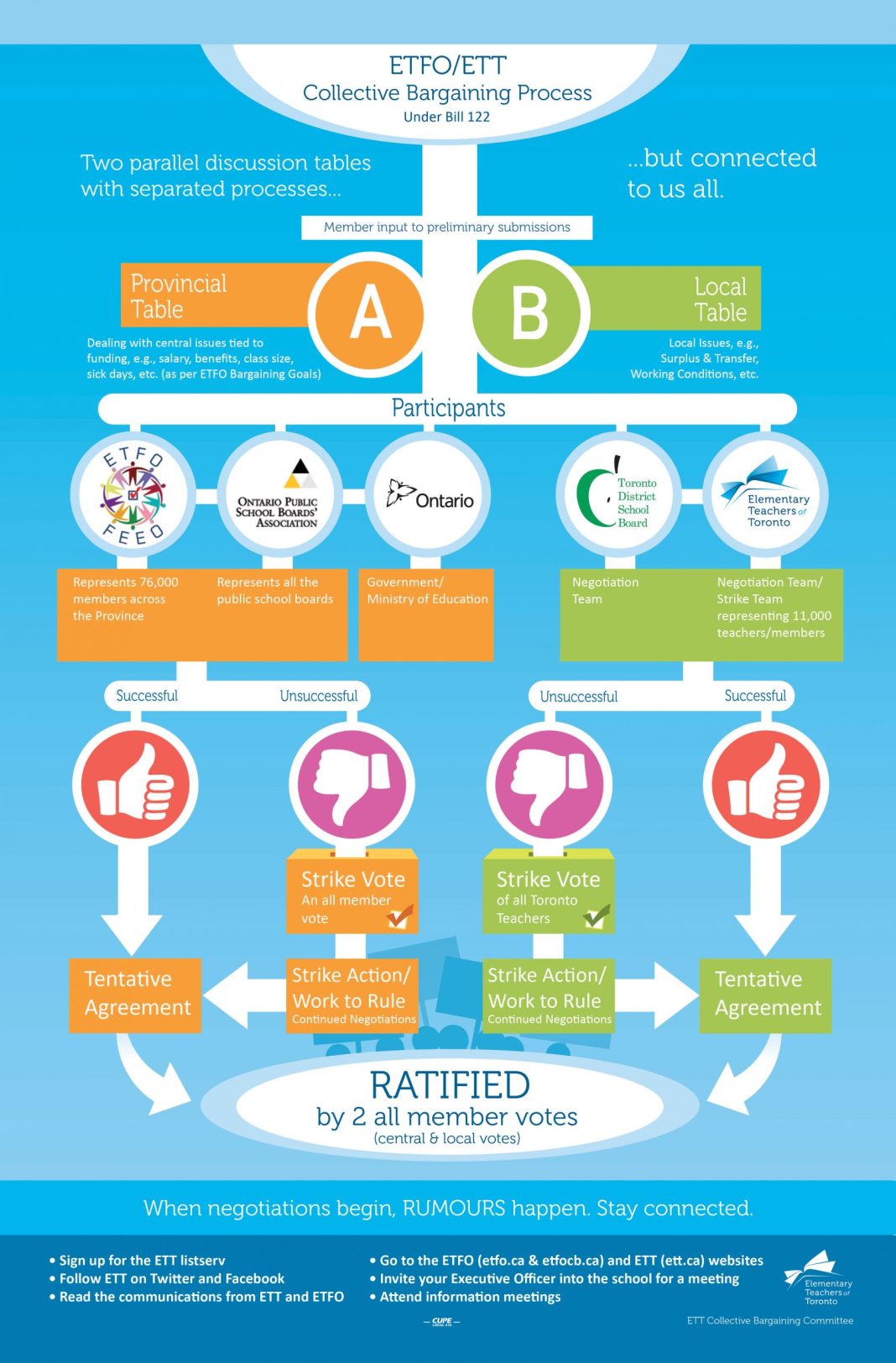
Australian Senate Passes Mandatory Climate Reporting Laws
The Australian Senate recently passed mandatory climate reporting laws, which are set to impose compliance costs of around $2.3 billion on Australian businesses. The Labor government received support from the Greens and independent senators, allowing the law to sail through the upper house. The legislation will require large companies to report on their climate-related activities starting from January 2025, with the scope gradually expanding to include more companies over time.
Treasurer Jim Chalmers expressed optimism about the new regime, stating that it would encourage investment in cleaner and more affordable energy sources, contributing to the country’s transition to net-zero emissions. Chalmers emphasized the importance of providing clarity and certainty to investors and companies, ultimately strengthening Australia’s reputation as an attractive destination for international capital.
However, the opposition, comprised of the Liberal-National Coalition and One Nation Senator Malcolm Roberts, expressed concerns about the regulatory burden that these reporting requirements would place on businesses. Shadow Treasurer Angus Taylor and Shadow Minister for Financial Services Luke Howarth accused Labor and the Greens of rushing the legislation through. They cited Treasury analysis, which estimated the compliance costs to be $2.3 billion, and argued that these expenses would be passed down the supply chain, affecting smaller businesses as well.
The opposition also highlighted the fact that many of Australia’s trading partners, including the United States, Canada, and Japan, do not require scope three emissions reporting. Scope three emissions refer to indirect greenhouse gas emissions that occur within an entity’s value chain. Shadow Treasurer Taylor warned that the scope of “green tape” could expand, potentially burdening small businesses with reporting requirements for emissions that occur in their supply chain activities.
Under the new climate reporting regime, companies will be required to disclose climate-related information in their sustainability reports on an annual basis. The implementation will occur in three stages, with different criteria for each stage. The first stage applies to companies with revenue exceeding $500 million, gross assets surpassing $1 billion, and a workforce of 500 employees or more. The second stage applies to companies with revenue over $200 million, assets over $500 million, and a workforce of 250 employees or more. The final stage applies to companies with revenue exceeding $50 million, gross assets exceeding $25 million, and 100 or more employees.
While small and medium-sized businesses below these thresholds will be exempt from reporting requirements at this stage, this exemption may change in the future. The Australian Securities and Investment Commission (ASIC) noted that many small businesses are part of the supply chain of larger businesses, which could eventually require them to engage with climate reporting. ASIC explained that scope three emissions of large businesses with reporting obligations may include the emissions of their small business suppliers, necessitating future involvement in reporting.
In addition to climate reporting, the legislation also grants the Reserve Bank of Australia (RBA) increased powers to intervene in times of financial crisis to protect the country’s critical financial market infrastructure. The strengthened and streamlined powers of ASIC and the RBA will enable them to better manage risks in the financial sector, according to Treasurer Chalmers.
Looking ahead, the Australian Accounting Standard Board plans to introduce internationally aligned standards for climate reporting in the near future. These standards will further enhance the transparency and comparability of climate-related disclosures, ensuring greater consistency in reporting practices.


